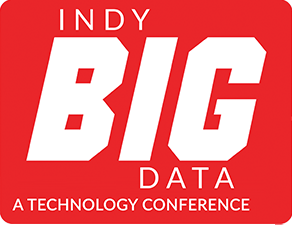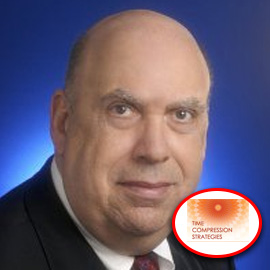BLOCKCHAIN
Blockchain is a distributed database existing on multiple computers at the same time. It is constantly growing as new sets of recordings, or ‘blocks’, are added to it. Each block contains a timestamp and a link to the previous block, so they actually form a chain. The database is not managed by any particular body; instead, everyone in the network gets a copy of the whole database. Old blocks are preserved forever and new blocks are added to the ledger irreversibly, making it impossible to manipulate by faking documents, transactions and other information.
All blocks are encrypted in a special way, so everyone can have access to all the information but only a user who owns a special cryptographic key is able to add a new record to a particular chain. As long as you remain the only person who knows the key, no one can manipulate your transactions. In addition, cryptography is used to guarantee synchronisation of copies of the blockchain on each computer (or node) in the network.
You can think of blockchain as a digital medical record: every record is a block which has a label stating the date and time when the record was entered. The medical history is extremely important for diagnosis and treatment purposes, so neither the doctor nor the patient should be able to modify the records already made. Nevertheless, the doctor owns a private key that allows him to make new records, and the patient owns a public key that allows him to access the records anytime. This method makes the data both accessible and secure.
So, blockchain is by definition independent, transparent, and secure. The advantages of such a distributed ledger are obvious: being it cost and risk reduction, data security, or transactions transparency, companies from most industries can surely benefit from this new technology.







